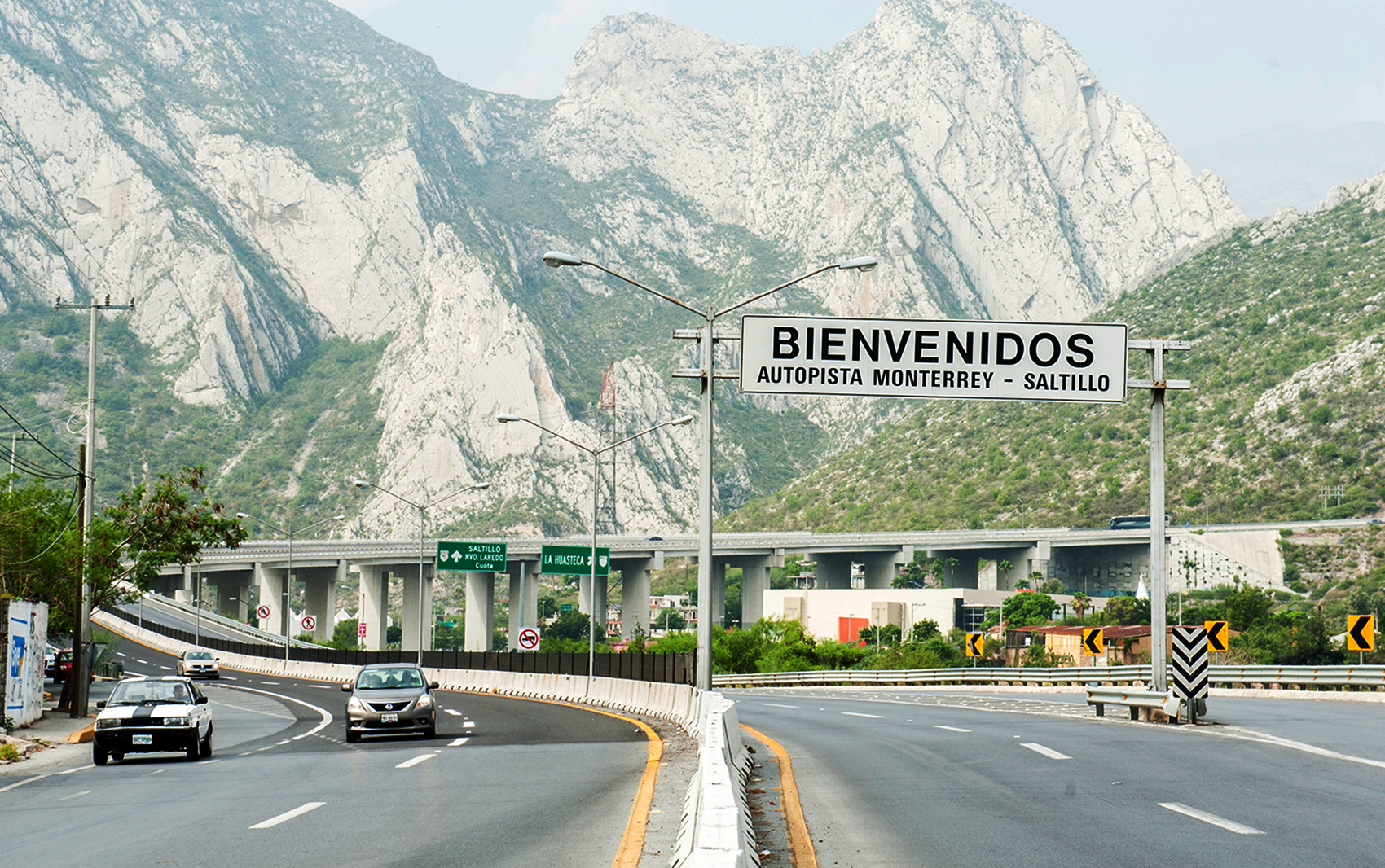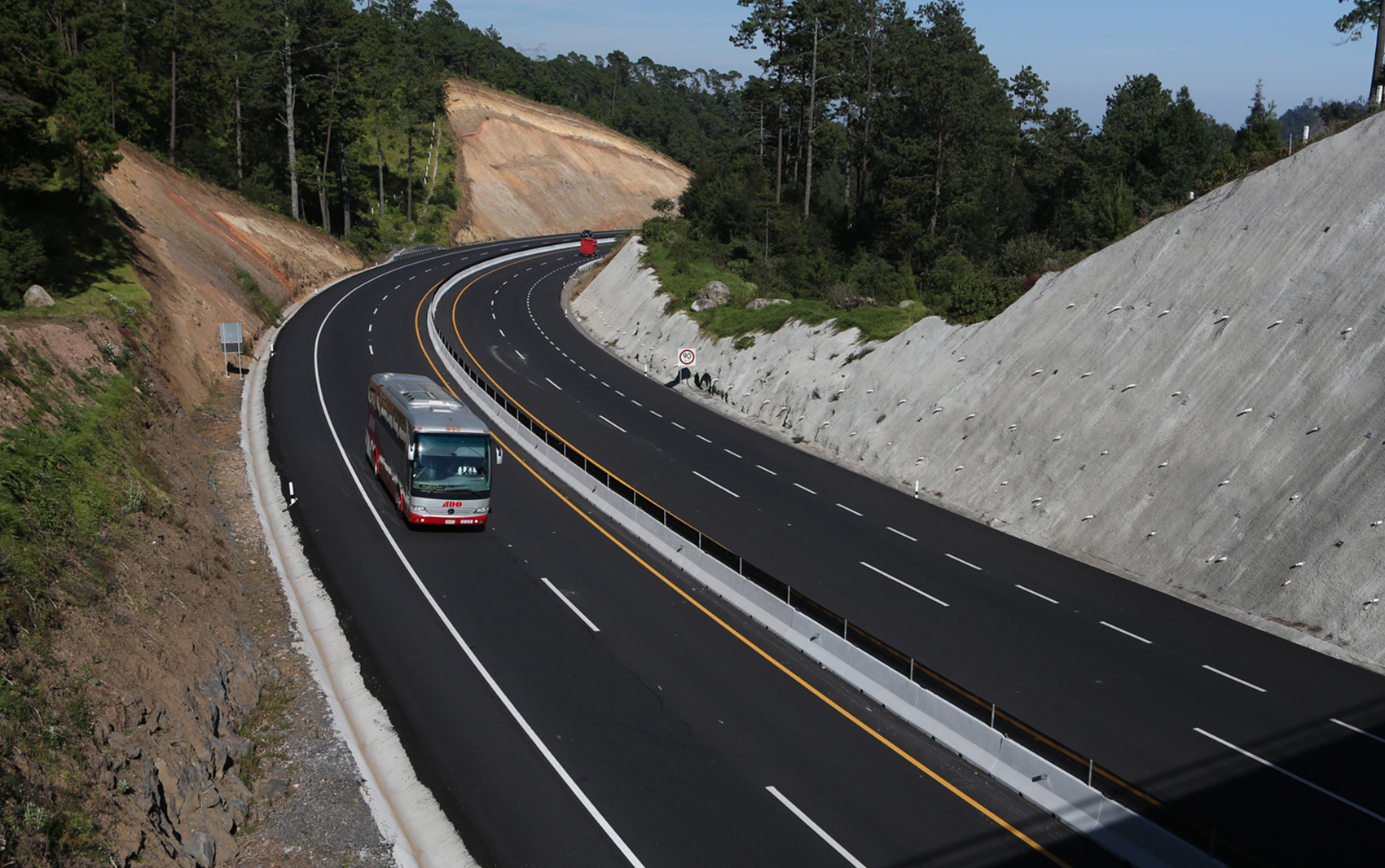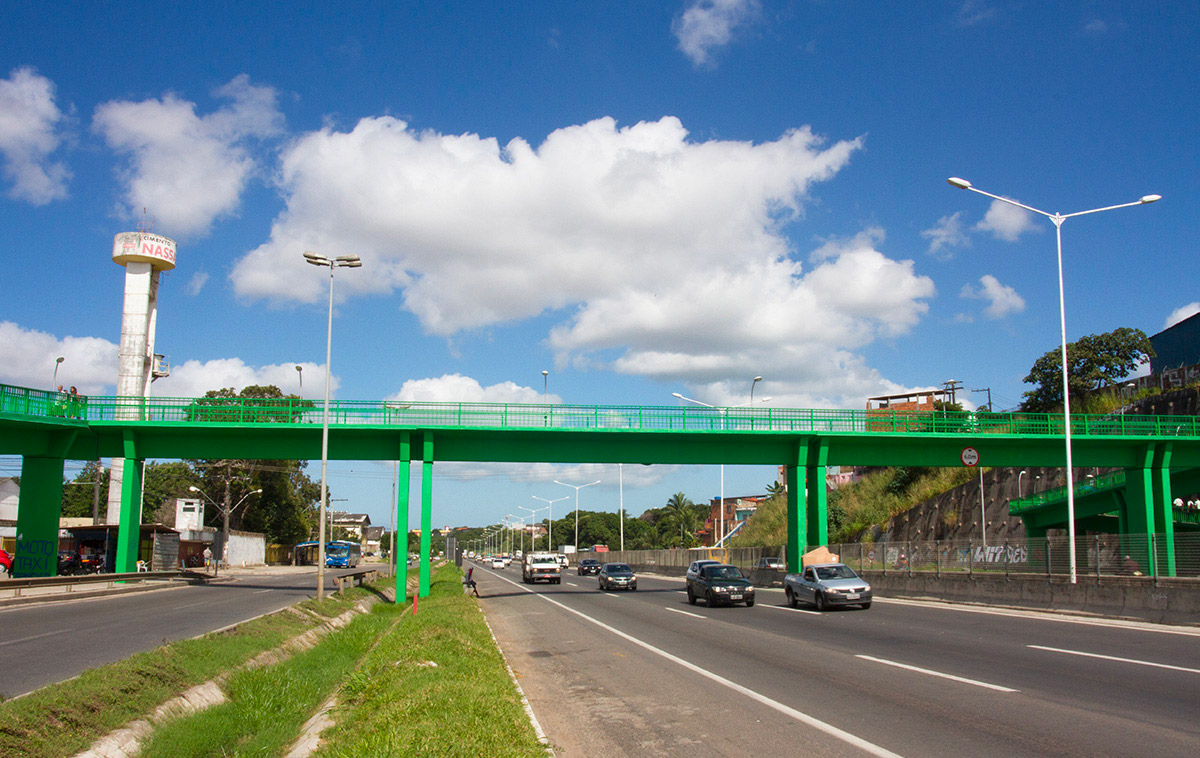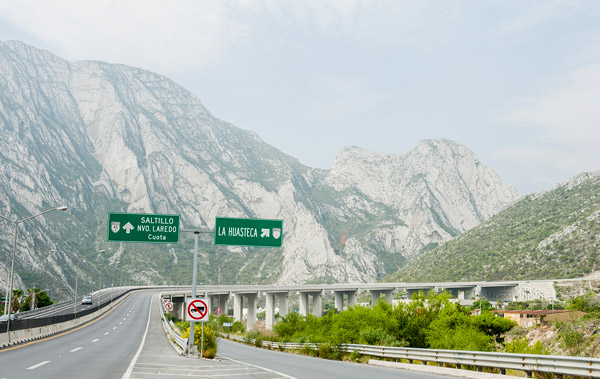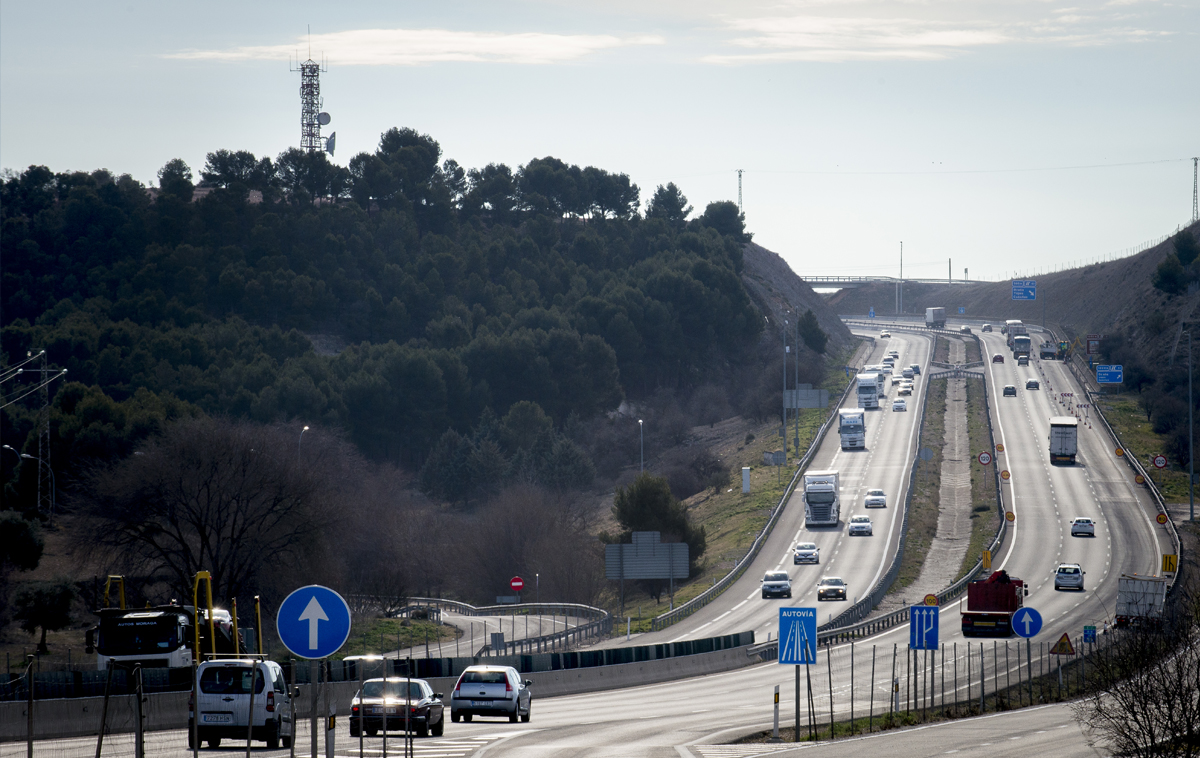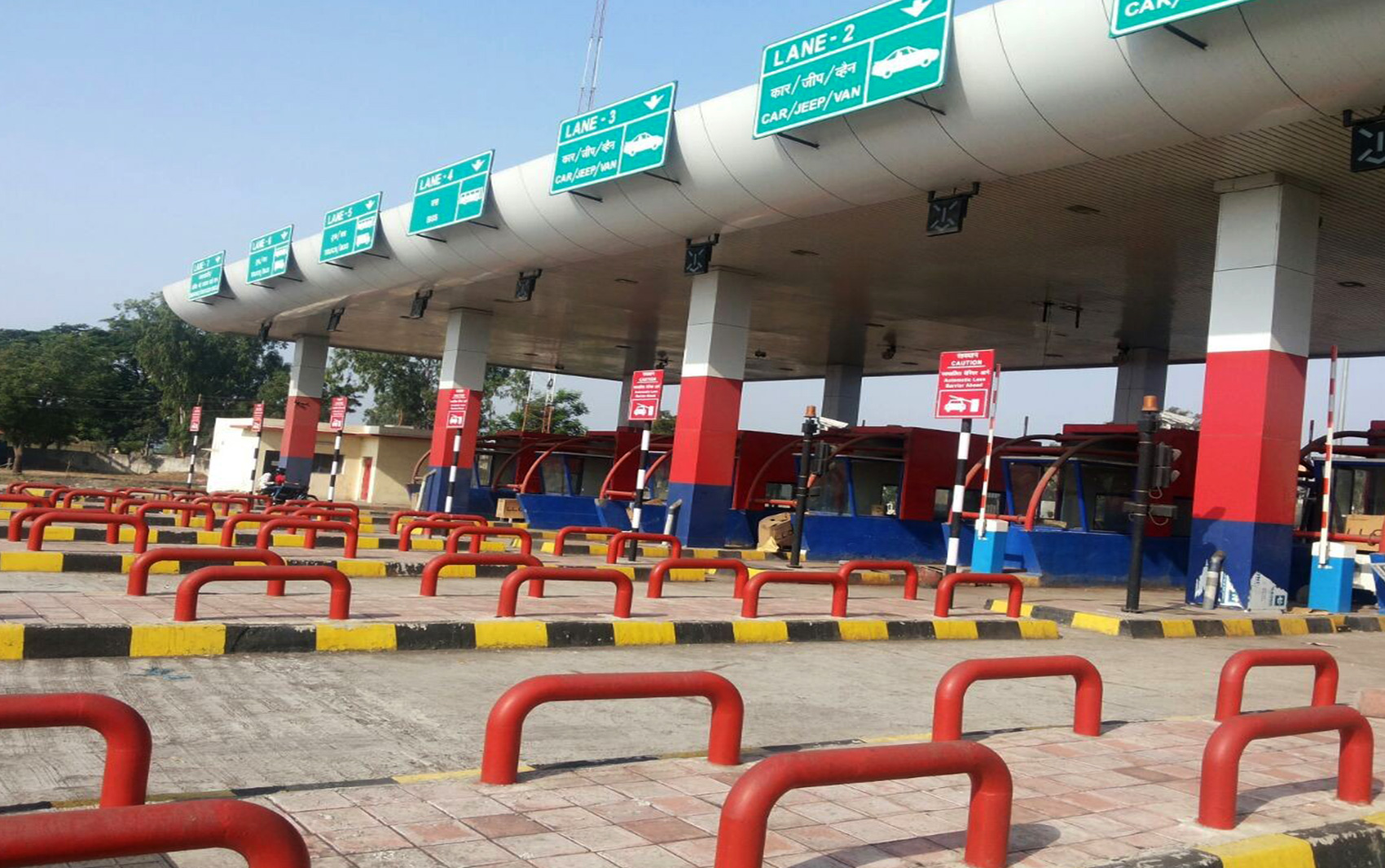ROADIS manages two major toll roads in Mexico, which have been fully operational since opening to traffic in 2012.

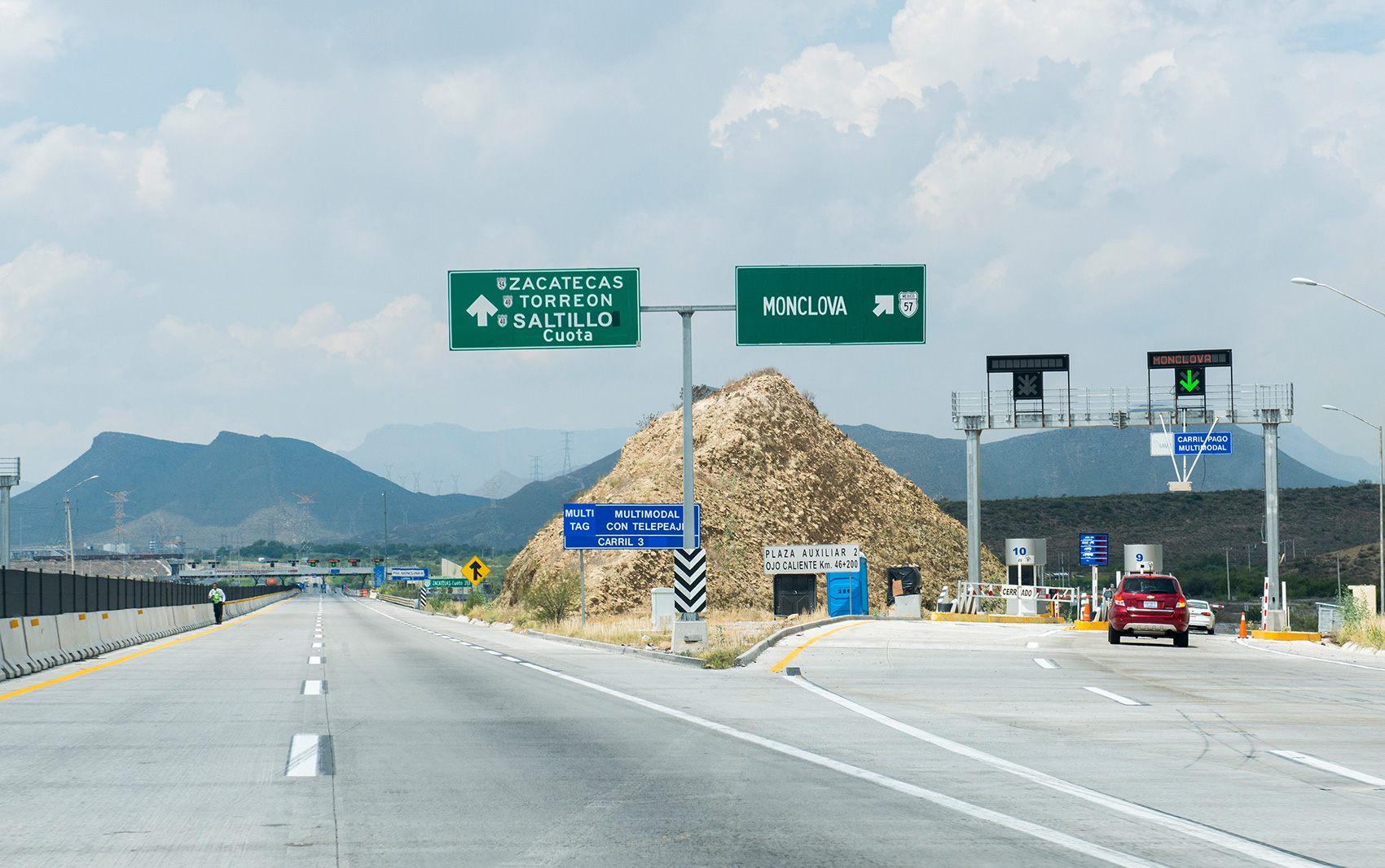
Concessions
-
Once again, 2021 was marked by the COVID-19 pandemic, its consequences on mobility and its impact on the economy.
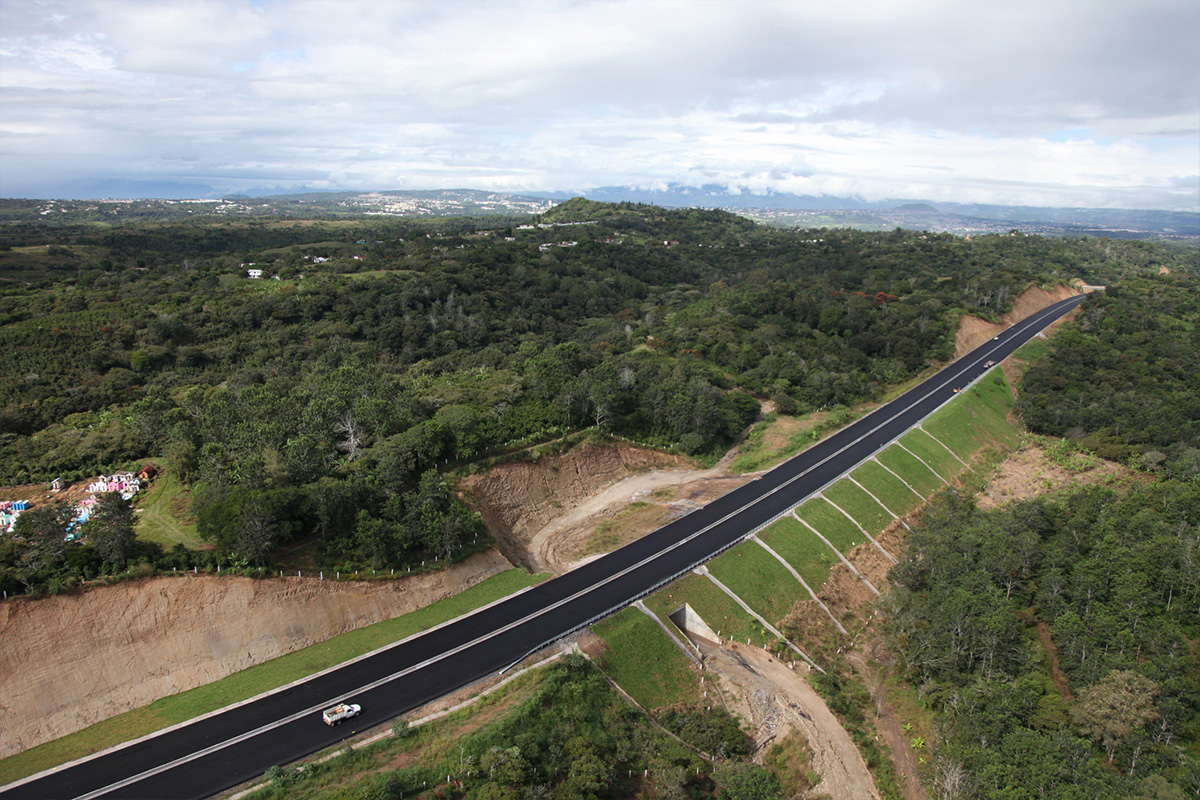
The number of COVID-19 cases fluctuated throughout the year, even with the gradual advance of vaccination; this led to restrictions being imposed on the mobility of citizens and the opening of businesses. However, restrictions in Mexico did not reach the severity we saw in spring of 2020. In addition, and in contrast to the impact of restrictions, we observed significant growth in the movement of goods, both domestic and for export. Other consequences of the pandemic are possibly hiding behind this significant growth, such as the United States’ reduced dependence on Asian goods and the boom in electronic commerce.
The result has been that in 2021, heavy vehicle traffic on our motorways exceeded 2019 volumes, while, with light vehicles, especially on our assets in the northeast of the country, there is still room for recovery, although this has already been considerable.
Keeping pace with the construction of the Santa Catarina Viaduct was also a challenge. The pandemic has caused tensions in key supply and labour markets, requiring special attention on our part. In spite of everything, it was an indisputable success to have completed the viaduct’s auxiliary modernisation works. Thanks to them, our Monterrey-Saltillo motorway concession became Mexico’s most modern, which will undoubtedly result in a safer and more innovative road in the future.
Of course, in 2021 we reached an important milestone in our commitment to Mexico. The acquisition of the remaining 50% of the Perote - Xalapa concessionaire was successfully completed in October. This transaction once again demonstrates ROADIS’ confidence and appetite for growth in this country. And of course, it also opens up a process of integrating our subsidiaries in Mexico, which will allow us to build a more effective and efficient platform to continue growing and moving up in this market.
2022 looks promising and full of challenges, among which the following should be mentioned:
- Completing the construction of the Santa Catarina Viaduct.
- Strengthening ROADIS’ ESG agenda in Mexico, increasing our ambition in these areas that are key for our competitiveness.
-
2021 signalled the beginning of the recovery of the Mexican economy with a 5% GDP growth after a -8.5% drop in 2020.

Despite an expected growth of almost 4% at the beginning of 2022, a economic slowdown led to a downward adjustment. Optimistic estimates predict a GDP for this year of 2.1% (Banco de México), while Moody’s forecasts 1.1%.
Among the sectors that improved their performance is Tourism, which went from $11 billion in 2020 to almost $20 billion in 2021; and remittances, which last year reached the historic level of $51.594 billion. The oil industry stagnated at -0.6%, due to an average production platform of 1.6 million barrels per day. Although a higher income is estimated for 2022 due to the rise in international prices caused by the Russia-Ukraine conflict, and an increase In production at 1,8 million barrels a day, inflationary pressure due to the increase in the cost of energy (mainly gasoline) erodes these profits. This pressure from energy companies led to an annualised inflation of 7.36% in 2021, which has remained at that level throughout 2022.
In terms of fiscal policy, the Mexican government has not made substantive changes and announced that it does not plan to carry out any forthcoming tax reforms. However, the tax authorities managed to increase revenue by 1.1% last year as a result of aggressive policies towards large taxpayers. The macroeconomic indicators and the peso-dollar exchange rate, which averaged 20.27 pesos per dollar last year and was lower than that reported in 2020 (21.64 pesos per dollar) were kept stable by exercising deficit control and not taking additional public debt.
Foreign Direct Investment in 2021 reached 31,621.2 million dollars, 8.74% more than in 2020. 43.72% of this amount was allocated to new investments, 38.62% to profit reinvestment, and 17.66% to intercompany accounts.
The rating companies rank the country’s sovereign debt as follows: Moody’s gives a Baa1 (negative outlook); S&P gives a BBB (negative outlook); Fitch gives a BBB- (stable outlook).
The main sources of uncertainty in 2022 are connected to the markets’ potential reaction to reforms in the energy sector, other political reforms under way, and the data on citizen insecurity reflected in statistics. The evolution of trade flows with the United States could be a very positive factor if the trend of partial disconnection with Asia persists due to factors such as COVID-19 and the war in Europe.
-
According to the 2021 Progress and Results Report from the Secretariat of Infrastructure, Communications and Transport (SICT) by the end of 2021 an additional 101.5 km of federal roads were recorded as being under construction and modernisation.
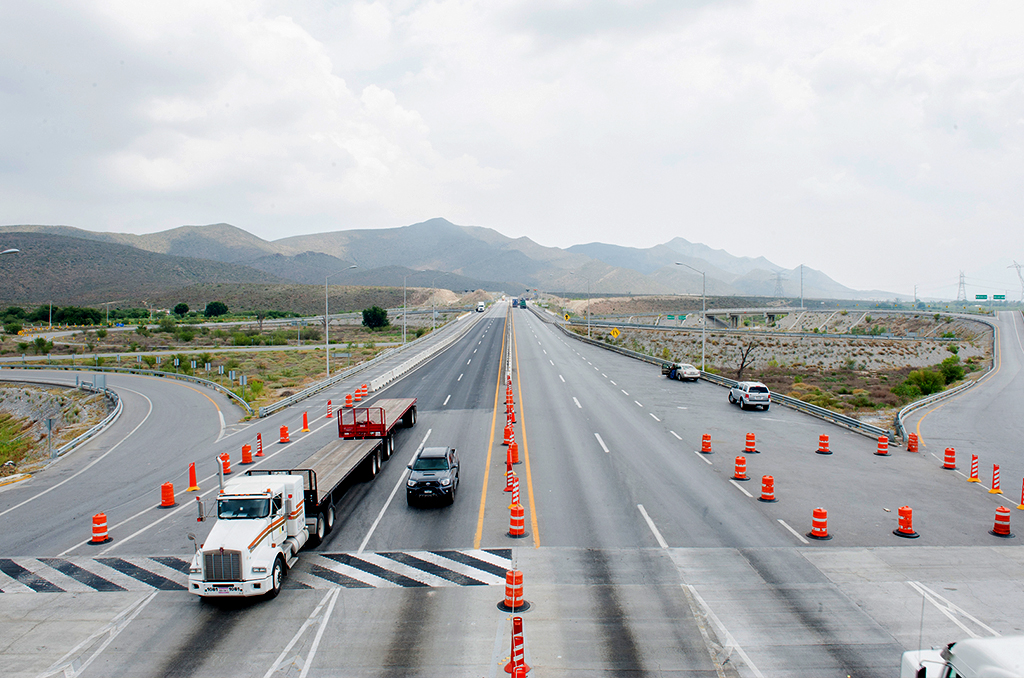
Between September 2020 and June 2021, construction and modernisation of five motorways began under a concession scheme which amounted to 13,998 million pesos (~ 690 million USD) with 50.5 km built. These motorways are: Ecuandureo — La Piedad in Michoacán, Ciudad Juarez Bypass in Chihuahua, Lagos de Moreno Bypass in Jalisco, Expansion of the Tuxtla Gutiérrez — San Cristóbal de Las Casas Motorway in Chiapas and the modernisation of the Las Pilas and Rio Verde junctions of the East Bypass in San Luis. In the same period, a scheme for the operation of road assets under concession began to be designed to generate resources for the road preservation and reconstruction programme; the most appropriate projects and schemes for their initial implementation are currently under consideration.
In November 2021, the Federal Congress approved the SICT budget for 2022. The amount was 65,554 million pesos (~ 3,234 million USD), which is 17.2% higher than the precedent year. The budget for the Road Infrastructure sector was 38,288 million pesos (~ 1,889 million USD), higher by 13% to that of 2021.
An amount of 5,773.1 million pesos (~ 284 million USD) was allocated for the construction and modernisation of 141.1 kilometres of the federal network, 134% higher than in 2021. The payment of 1,225.2 million pesos (~ 60 million USD) was approved to release road rights, 500.0 million pesos (~ 24 million USD) for pre-investment studies, 5,117.2 million pesos (~ 252 million USD) for service provision projects and 125.3 million pesos (~ 6 million USD) for a Public-Private Partnership (PPP) project.
In rural road infrastructure, 7,962.9 million pesos (~ 392 million USD) were allocated for the construction and modernisation of 267 km, as well as the conservation and reconstruction of 230 km and the drafting of technical studies for 1,400 km. For the conservation and maintenance of the National Highway Network, 8,600 million pesos (~ 424 million USD) were allocated, which will allow the periodic conservation of 754 km, routine conservation of 38,806.68 km, and routine conservation of bridges in 8,470 pieces. Finally, 7,230.0 million pesos (~ 356 million USD) will be used to fund 10 PPP (Public Private Partnership Projects) with an estimated goal of 1,755 km of roads.
-
*(IN EUR M)CAMS20212020Traffic revenues58.847.2EBITDA49.439.4EBT(2.1)12.4Net income(1.3)8.7Operating CF57.446.5COPEXA20212020Traffic revenues33.326.2EBITDA28.122.2EBT(75.9)(49.3)Net income(75.9)(49.3)Operating CF33.726.1



CAMS and COPEXA, our two toll tollways in Mexico, contributed to the development of the communities where they operate by creating a significant amount of direct and indirect jobs. In addition, these two motorways offer a wide variety of services to their users while ensuring their comfort, safety and the quality of the road. Among the free services offered on the motorway are: roadside assistance in case of accidents, towing service, 24/7 emergency service, and SOS phones located at strategic points on motorways.
At CAMS and COPEXA, different Corporate Responsibility (CR) actions were carried out, in matters of sustainability, health and safety, and to uphold our commitment to the development of communities.
CAMS and COPEXA, our two toll tollways in Mexico, contributed to the development of the communities where they operate by creating a significant amount of direct and indirect jobs. In addition, these two motorways offer a wide variety of services to their users while ensuring their comfort, safety and the quality of the road. Among the free services offered on the motorway are: roadside assistance in case of accidents, towing service, 24/7 emergency service, and SOS phones located at strategic points on motorways.
At CAMS and COPEXA, different Corporate Responsibility (CR) actions were carried out, in matters of sustainability, health and safety, and to uphold our commitment to the development of communities.





